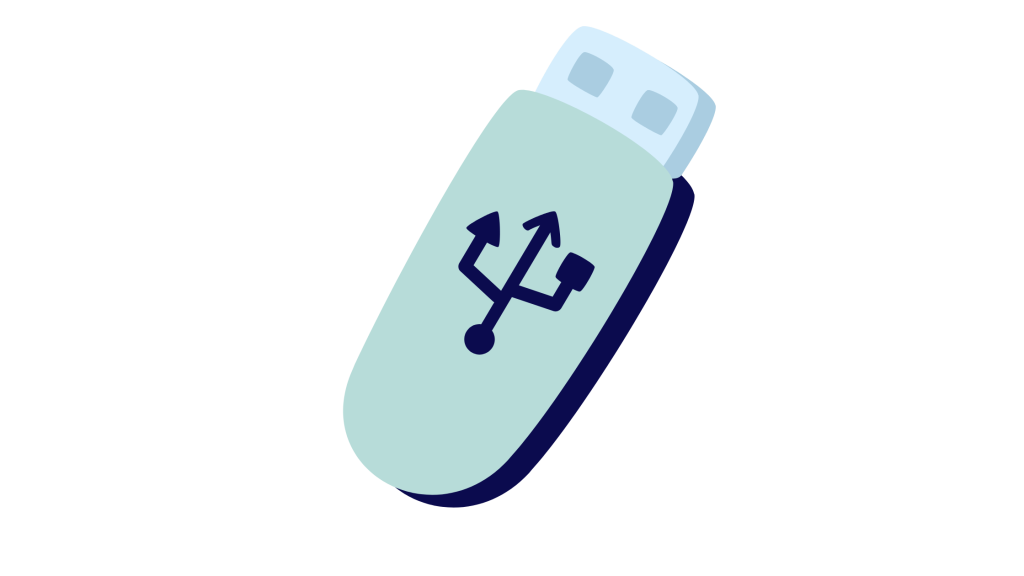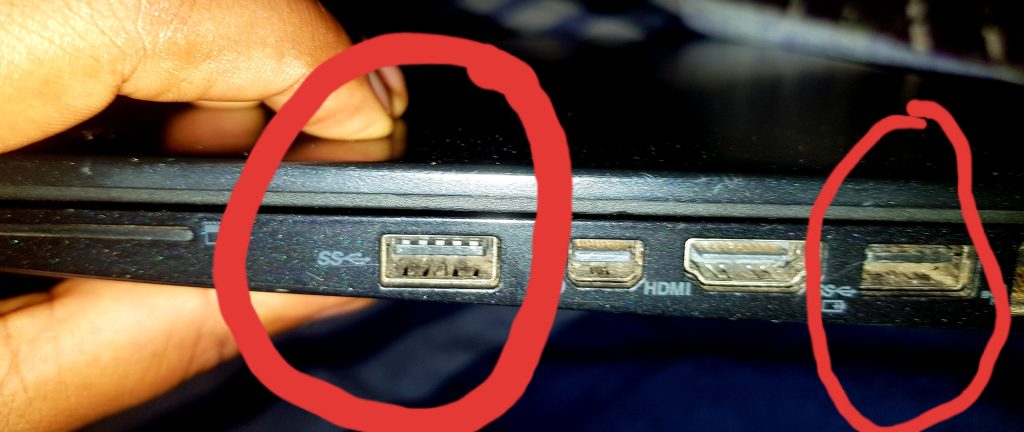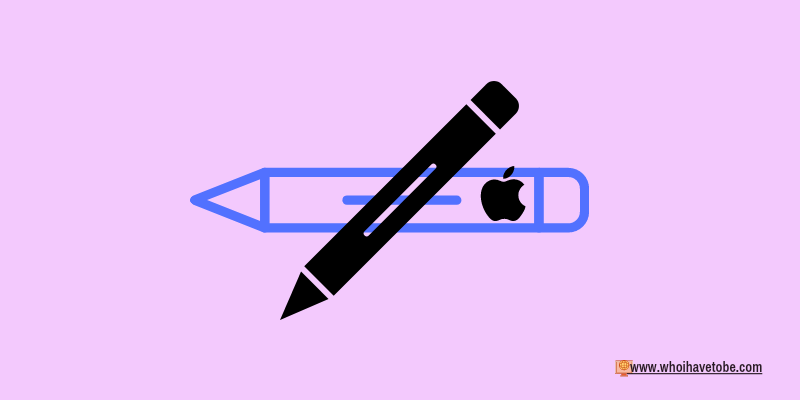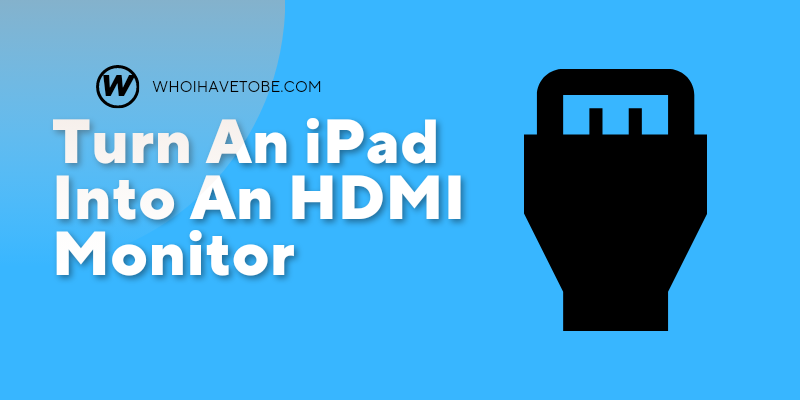
A USB port on your laptop that suddenly stops working can be annoying, especially when you need to charge a device or transfer files.
This problem usually appears after a Windows update, driver issue, power surge, or repeated physical stress on the port.
In many cases, the fix is simple.
How To fix A USB port That Stopped Working On Laptop

1. Restart your laptop
A basic reboot can solve USB detection problems.
If your system recently updated or crashed, a restart resets hardware communication.
Remove all USB devices first, then shut down fully before powering back up.
2. Try a different device and port
Plug another device (like a flash drive or mouse) into the port.
If that doesn’t work, try the same device in another USB port.
This helps figure out whether the issue is with the port or the device.
If the device works elsewhere, the problem is likely the original port.
3. Check Device Manager for errors
Right-click the Start button and select Device Manager.
Expand “Universal Serial Bus controllers.”
Look for any item with a yellow triangle or red X.
Right-click and choose “Uninstall device,” then restart your laptop.
Windows will reinstall the driver automatically.
You can also right-click and select “Scan for hardware changes.”
4. Disable USB selective suspend setting
Windows can power down USB ports to save energy.
Go to Control Panel > Power Options > Change plan settings > Change advanced power settings.
Expand “USB settings” and set “USB selective suspend setting” to “Disabled.”
Apply the changes and restart your laptop.
5. Clean the USB port
Dust or debris inside the port can block contact.
Use a flashlight to inspect the port.
If it looks dirty, gently clean it using a dry toothbrush or compressed air.
Avoid inserting metal tools.
Also check for bent pins or damage inside the port.
6. Update your BIOS and chipset drivers
Outdated firmware or chipset drivers can lead to hardware communication issues.
Visit your laptop brand’s official website and download the latest BIOS and chipset software.
Follow the manufacturer’s instructions carefully during installation.
7. Use a powered USB hub
If your port fails to provide enough power, a powered USB hub can help.
This is especially useful for external hard drives or USB accessories that draw more current.
You can find affordable powered hubs on Amazon.
Conclusion
A non-working USB port doesn’t always mean hardware failure.
In most cases, a restart, driver fix, or simple power tweak can restore full function.
If physical damage is visible, you may need professional repair, but always try software fixes first.
These steps can bring dead ports back to life without a service call.
Additional Reading:
How To Fix HDMI Not Working On TV But Audio Works
How To Change Xbox One Wallpaper Without A USB Or PC
How To Fix A Philips TV That Says ‘No Internet Connection’ But Is Connected
Brianna is based in Minnesota in the US at the moment, and has been writing since 2017. She is currently a 3rd Year med student at the time of writing this.

